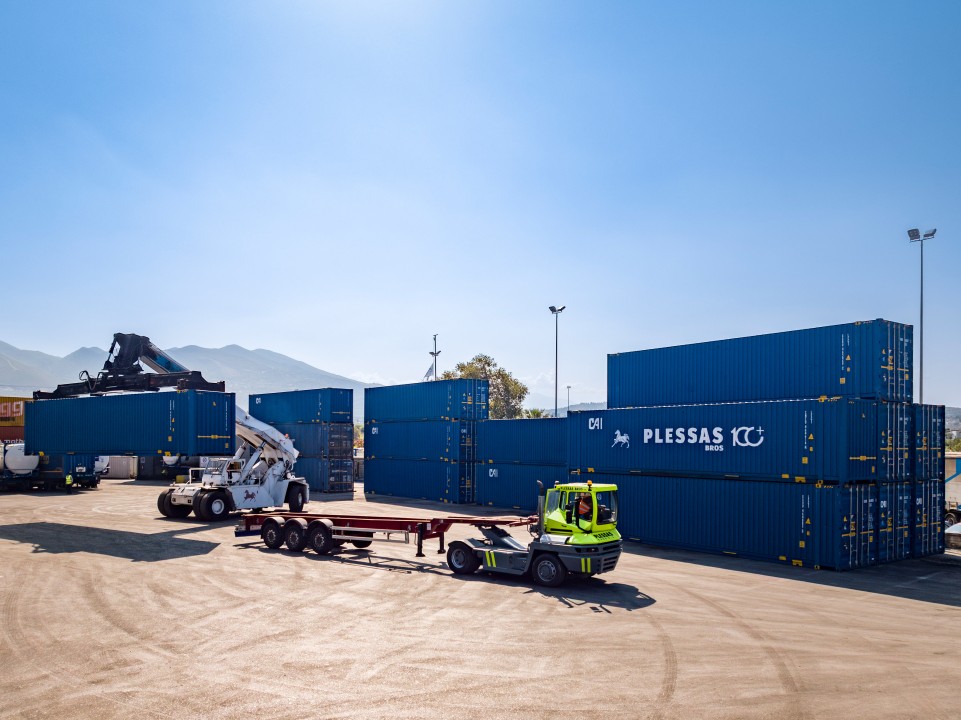
Last-Mile Delivery Challenges and Innovations
In the ever-evolving landscape of e-commerce and online retail, last-mile delivery has emerged as a critical aspect of the supply chain. The last mile, which refers to the final leg of the delivery journey from the distribution center to the customer’s doorstep, presents numerous challenges for businesses. In this article, we will explore the key challenges faced in last-mile delivery and the innovative solutions that are reshaping this crucial aspect of the logistics industry.

Challenges in Last-Mile Delivery:
- Traffic Congestion: One of the most prominent challenges in last-mile delivery is navigating through urban traffic congestion. As more people turn to online shopping, delivery vehicles struggle to efficiently reach their destinations amidst crowded city streets, resulting in delayed deliveries and increased operational costs.
- Cost Pressures: The cost of last-mile delivery can be significant for businesses. High fuel prices, labor costs, and the need for advanced technologies to optimize routes contribute to the financial burden. Balancing the need for affordable delivery services with maintaining profitability poses a constant challenge.
- Parcel Theft and Security: With the increase in online shopping, parcel theft has become a major concern. Packages left unattended at doorsteps are vulnerable to theft. Ensuring the security of delivered goods is crucial for customer satisfaction and to protect the reputation of the delivery service.
- Environmental Impact: The environmental impact of last-mile delivery, particularly in terms of carbon emissions, is a growing concern. Traditional delivery vehicles contribute to pollution, prompting the need for sustainable and eco-friendly alternatives to mitigate the environmental footprint of logistics operations.

Innovations in Last-Mile Delivery:
- Autonomous Vehicles and Drones: The deployment of autonomous vehicles and drones for last-mile delivery has gained traction. These technologies have the potential to reduce delivery times, lower operational costs, and navigate through traffic more efficiently. Companies are investing in developing and testing these innovative solutions to revolutionize the last-mile delivery process.
- Micro-Fulfillment Centers: Micro-fulfillment centers located in urban areas enable companies to store inventory closer to the end consumer. This reduces the distance traveled for deliveries, minimizing the impact of traffic congestion and allowing for quicker and more cost-effective last-mile deliveries.
- Crowdsourced Delivery: Crowdsourced delivery platforms leverage the gig economy to fulfill last-mile deliveries. Independent contractors and individuals can sign up to deliver packages using their own vehicles. This model offers flexibility and scalability while potentially addressing issues related to cost and efficiency.
- Smart Lockers and Access Points: Smart lockers and access points provide secure alternatives for parcel delivery. Customers can retrieve their packages at their convenience, reducing the risk of theft. These innovations also enhance the overall customer experience by providing flexibility in delivery options.Conclusion:Last-mile delivery poses significant challenges, but ongoing innovations are reshaping the landscape of logistics. From autonomous vehicles to micro-fulfillment centers, companies are exploring diverse solutions to enhance efficiency, reduce costs, and improve the overall customer experience. As technology continues to advance, the last mile of delivery is becoming a focal point for innovation in the pursuit of a more seamless and sustainable supply chain.

